21 Jul Where to Eat in the Faroe Islands | The Faroe Islands’ Best Meals
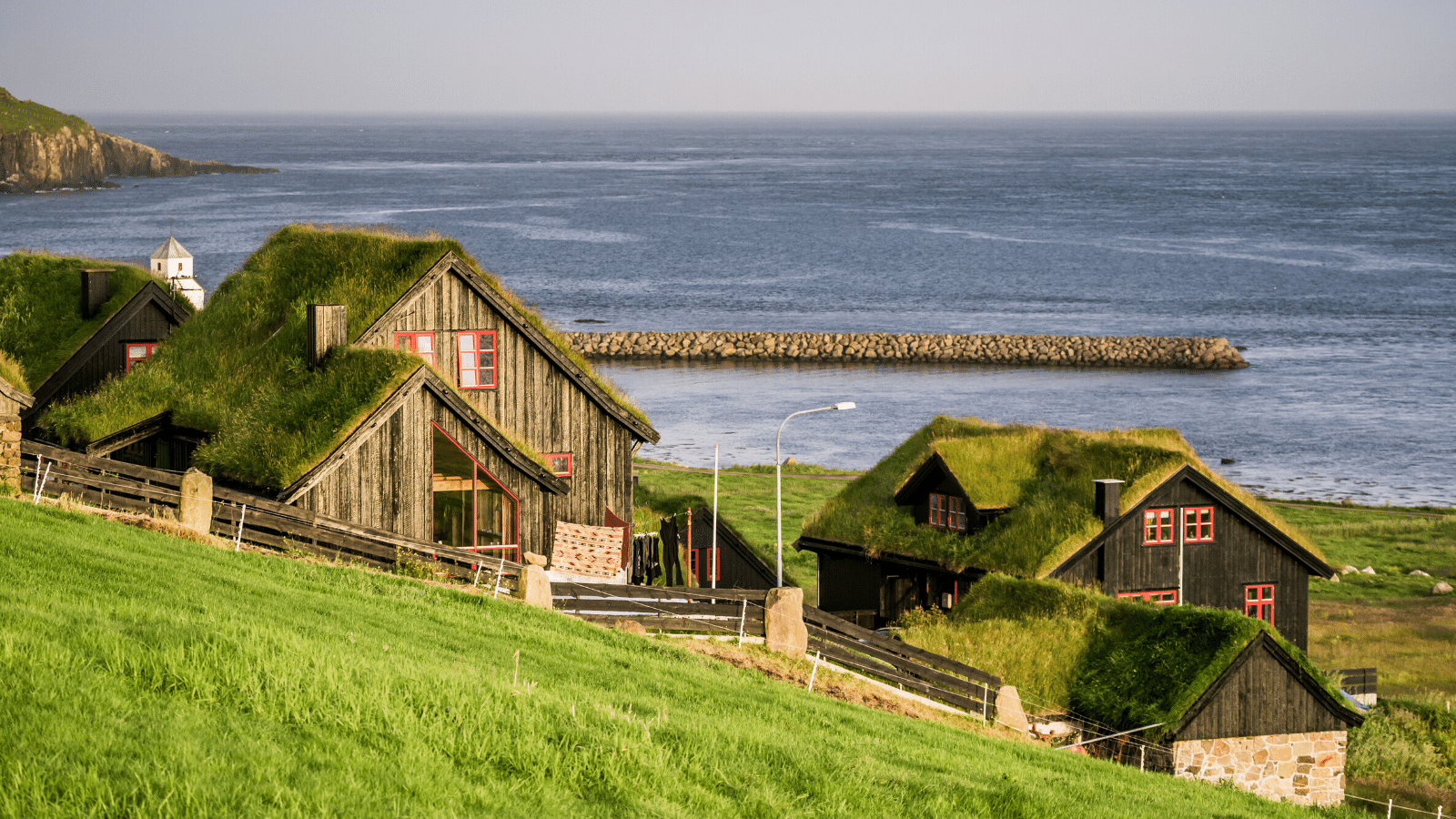
Where to Eat in the Faroe Islands | The Faroe Islands’ Best Meals
This past week, Drew and I spent five days in the Faroe Islands before heading to Iceland. We rented a car and hit some of our favorite spots from last year and added a few new ones to the mix. In the Faroe Islands you don’t have to look far to find authenticity. Unlike other places, the Faroe Islands haven’t become burdened by millions of tourists. Villages exist largely in the same way they have for centuries. As you drive around the Faroes, people are genuinely happy to see you and are usually a little curious about you as well.
We stopped in Leirvik, a town on the island of Eysturoy, and met Ólavur, a retired school teacher, who invited us to join him later for a tour of some of Faroe’s fjords on his fishing boat and grab a few drinks with him afterwards.
I’m pretty sure the weather gods had it in for us when we arrived at the dock to meet Ólavur. The little bit of blue skies that had peaked through just moments ago were lost as the low-hanging clouds grew thick and dark. Mercurial weather is really typical of the Faroe Islands so it’s best to be prepared for anything. Always pack a winter hat, some gloves, and many layers (one of which should always include a rain jacket).
The conditions weren’t anything new to Ólavur, so Drew and I decided to act like we aren’t desert rats most of the year and brave a 45°F trip out to sea in howling winds and driving rain.
Mercurial weather is typical of the Faroe Islands so it’s best to be prepared for anything. Always pack a winter hat, some gloves, and many layers (one of which should always include a rain jacket).
Find What You're Looking For
Into the Faroese Fjords
We boarded Ólavur’s boat “Snorri” and, as we made our way out of the harbor, I couldn’t help but notice that the water was so clean and clear that I could see all the way to the bottom. Ólavur took his seat at the captain’s chair and motioned us inside the cabin for protection from the weather. Woolen sweaters, rain gear, fishing tackle, and well-loved coffee cups took up every surface so we stood beside him as he navigated.
With Leirvik’s harbor behind us, Snorri felt tiny against the waves and the jagged soaring cliffs. From the sea, you can see how the weather is different in each and every fjord; while it might be pouring rain in Klaksvik, the sun shines brightly in Fuglafjørður just a few miles away.
A Secret Spot
Ólavur told us about the importance of fishing the Faroe Islands. Tradition and necessity has made the activity integral to their culture and way of life. With cold weather, rocky soil, and limited sunshine, it is difficult to grow anything beyond root vegetables. And, since no land mammals are native to the islands, fishing has been the primary way the Faroese have survived since the Vikings settled there in the 9th or 10th century.
As our new friend chatted, we spotted sheep grazing impossibly on the near-vertical cliffs of the island of Kalsoy. After about 30 minutes, we arrived at Ólavur’s secret spot. We heard it before we saw it; this protected inlet is the home to thousands of roosting birds like puffin, oystercatchers, and kittiwakes, and a few grey seals as well. The sight and sound (and smell) of this many birds in one place was incomprehensible.
Seeing the Faroe Islands from the sea is such a different experience than from the land. Cliff walls that rise up hundreds of feet from the ocean give a feeling of smallness in this world—a good reminder from time to time.
Before we left the bird enclave Ólavur made a call to his friends. When he got off the phone he said he had another surprise for us if we’d like to join him.
We bid the birds and seals adieu and made our way to Klaksvík*, located on the island of Borðoy. Along the way, we saw a secret cove that cut its way clean through an island, the famous Kopakonan (“Seal Woman”), and plenty of small grass-roofed villages that have made this country Insta-famous.
*Klaksvík is the second largest town in the Faroe Islands and is one of my favorite larger towns because it houses some pretty interesting sculptures like a gigantic fish hook and the Fipan Fagra which features a woman lodged between two stones.
Seeing the Faroe Islands from the sea is such a different experience than from the land. Cliff walls that rise up hundreds of feet from the ocean give a feeling of smallness in this world—a good reminder from time to time.
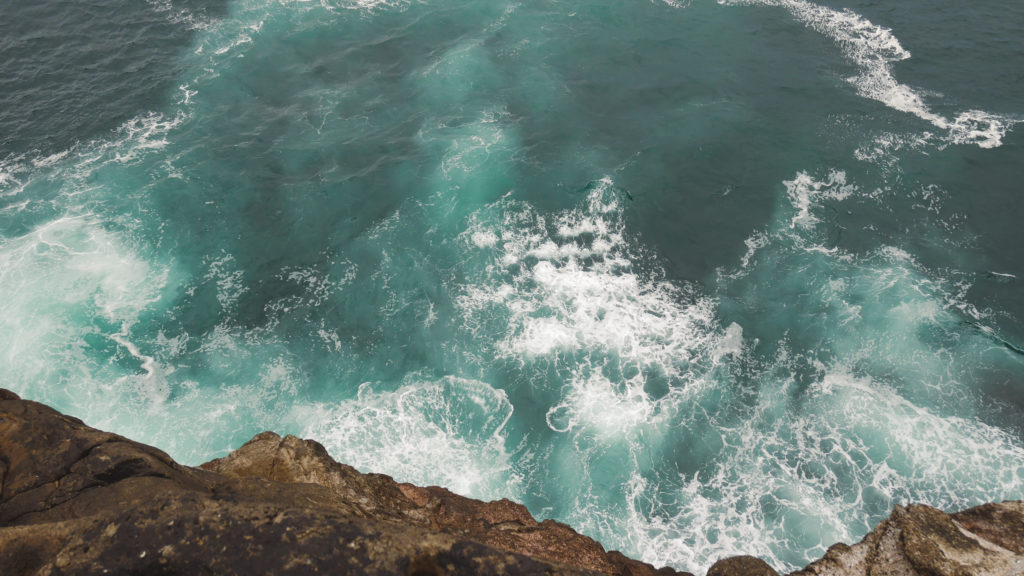
Finding Hospitality & Friendship
in the Faroe Islands
Ólavur docked Snorri and Drew and I followed him over to a beautiful, hundred-year-old regatta sailboat. He motioned for us to come on board and we climbed down the ladder that led below deck. Ólavur’s three friends (Dorias, a chef; Fisher, a customs officer; and Hans, a retired school teacher) were waiting and greeted us with pink cheeks and open arms. “I hope you are hungry! We prepared you dinner!” And we were hungry, especially since the most delicious smells made their way from the kitchen.
“Oh no! Your hands are like ice!” Hans rubbed my hands, chilled by the rain and sea, between his and then grabbed me a glass of wine. The friends proudly toured us around their boat, which they had sailed to Denmark just days before.
A Whale of a Good Time
We sat down at the long wooden dining table, lighted warmly by the flickering glow of candlelight, while Dorias passed our dinner through a window from the kitchen. Plate after plate appeared with beautifully prepared carrots and potatoes, brown gravy, currant jam, and the main course—oven-roasted pilot whale steak stuffed with bacon.
To say I was apprehensive would be an understatement; I was downright scared. Drew and I had tried fermented whale at Ræst in Torshavn and while the prix fixe meal was fantastic, the fermented whale was my least favorite menu item.
Compared to the rubbery, ink-black chips of the fermented whale at Ræst, the whale Dorias prepared looked like a pork loin—dyed black—and he instructed us to pour the gravy over the filet because, like pork loin, whale can get dry.
We cheersed to new friends (Skål!) and I nervously took my first, very small bite…
It. Was. Delicious.
The whale was not fishy or oily as I expected, but slightly gamey and a little bit like venison. Combined with the richness of the gravy and the cranberry-like tartness of currant jam, the meal had all the flavors of Christmas.
Eating whale may challenge your beliefs of what is right and wrong to consume. But if the thought of eating whale is off-putting (and you’re not vegan or vegetarian) it’s probably just because it’s different — not because it is bad or wrong. We’ve eaten many things on our travels that have challenged us (silkworm larvae and raw jellyfish in Seoul, palm weevil larvae in Zambia, kangaroo in Australia, and kudu in South Africa for example) but we realize that it is difficult only because it’s not common to us.
Pilot whales are wild and I’d venture to say their lives are a whole lot better than any meat we buy in a grocery store, which may not have ever seen the light of day before being slaughtered. In addition, every bit of this animal is used, not because it’s the new culinary trend (looking at you “nose to tail” dining enthusiasts), but because that is what the Faroese people have had to do in order to survive.
“It isn’t the kind of flashy, fast-paced dining scene you’ll find in Copenhagen or Reykjavik. Here, food is patiently hand-weaned, raised, harvested, and fermented. Slow food isn’t a trend—it’s survival.” The grindadráp is an opportunistic culling of whales; it is a misrepresentation to call the grind (which rhymes with “vend”) a “hunt.” Only whales that are spotted in shallow waters close enough to a certified harbor are killed.
The images shared by animal rights’ groups show bloody bays and make for very dramatic imagery, but their purpose is not to educate. They want to control the emotions of people who have the “luxury” of being separated from their food source—people who have never witnessed the slaughter of the animals that fill their plates.
Eating whale may challenge your beliefs of what is right and wrong to consume. But if the thought of eating whale is off-putting (and you’re not vegan or vegetarian) it’s probably just because it’s different — not because it is bad or wrong. We’ve eaten many things on our travels that have challenged us (silkworm larvae and raw jellyfish in Seoul, palm weevil larvae in Zambia, kangaroo in Australia, and kudu in South Africa for example) but we realize that it is difficult only because it’s not common to us.
Pilot whales are wild and I’d venture to say their lives are a whole lot better than any meat we buy in a grocery store, which may not have ever seen the light of day before being slaughtered. In addition, every bit of this animal is used, not because it’s the new culinary trend (looking at you “nose to tail” dining enthusiasts), but because that is what the Faroese people have had to do in order to survive.
“It isn’t the kind of flashy, fast-paced dining scene you’ll find in Copenhagen or Reykjavik. Here, food is patiently hand-weaned, raised, harvested, and fermented. Slow food isn’t a trend—it’s survival.” The grindadráp is an opportunistic culling of whales; it is a misrepresentation to call the grind (which rhymes with “vend”) a “hunt.” Only whales that are spotted in shallow waters close enough to a certified harbor are killed.
The images shared by animal rights’ groups show bloody bays and make for very dramatic imagery, but their purpose is not to educate. They want to control the emotions of people who have the “luxury” of being separated from their food source—people who have never witnessed the slaughter of the animals that fill their plates.
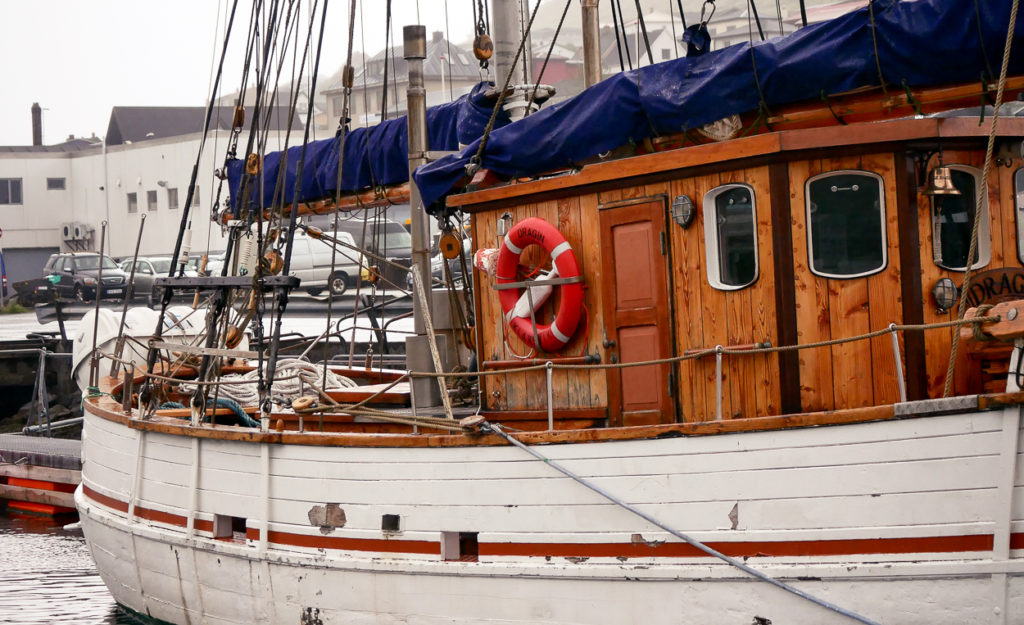
What it Means to Travel
We sat at the table on that 100-year-old regatta boat for hours talking about our lives and learning what it means to them to be Faroese. Our bellies full, we passed the plates back through the window to Dorias in the kitchen while he sang along to Johnny Cash. A tin of Danish butter cookies and delish, strong coffee topped off the night.
When we left, buzzing off wine and conversation, I felt like I wanted to hug them all and maybe cry a little, too. Because it truly was a magical night and nothing can prepare you for that.
Let’s take a break from planning the perfect shot and really get to know the people who call that place home. Before we find “the best places” to eat in a new city, remember that the best meals are shared with friends—old and new—and the best way to see a place is through the eyes of someone who loves it.
Before we find ``the best places`` to eat in a new city, remember that the best meals are shared with friends—old and new—and the best way to see a place is through the eyes of someone who loves it.
Heimablídni: The Faroese "Southern Hospitality"
If you don’t want to leave meeting your own Ólavur up to chance, you’re in luck! The Faroe Islands have a centuries-old tradition called heimablídni which refers to hosting friends for home meals and hospitality. Until recently (when the tunnels were built around the 1960s) you had to take to the water by boat just to visit another village. As you can imagine the weather doesn’t always cooperate and people could be stuck for a while, thus the Faroese tradition of heimablídni was born! Here’s a list of places you can enjoy a heimablídni dining experience.
If you don’t want to dine in someone’s home check out some of my favorite places to eat in the Faroe Islands as you start planning your trip. Or check out these tours:
Faroe Islands
Helpful Area Info
Quick Facks
- The Faroe Islands are made up of 18 rocky, volcanic islands between Iceland and Norway in the North Atlantic Ocean.
- They are a self-governing part of the Kingdom of Denmark. (Similar to the relationship between the U.S. and Puerto Rico.)
- Residents speak Faroese. Most speak English and Danish, as well.
- Newly built road tunnels, causeways, and bridges connect most of the islands. Ferries link the rest.
- The Islands are popular among hikers, outdoorsy types, and birders for its unspoiled, jaw-dropping, raw beauty.
- Steep coastal cliff waterfalls plunge hundreds of feet into the sea.
- The name translates to “Sheep Islands” which is quite appropriate since sheep outnumber people almost two to one.
- A mixture of long-standing Norse traditions and modern European culture makes the Faroe Islands a unique destination. The Faroese are a population with a very strong and proud identity.
What You Can Expect to Pay in the Faroe Islands:
> Lodging: $130 (wallet-friendly) vs $200+ (average) per night.
> Coffee: Around $4
> Dinner: $90 (two people) Wine or Beer, Appetizers, and 2 Main Courses
> Beer: $7
Our Airbnb in Torshavn
We absolutely loved staying in this cottage in Torshavn! The beautiful, large windows let light stream in even on the typical Faroe overcast day. It’s just quintessentially Faroes!
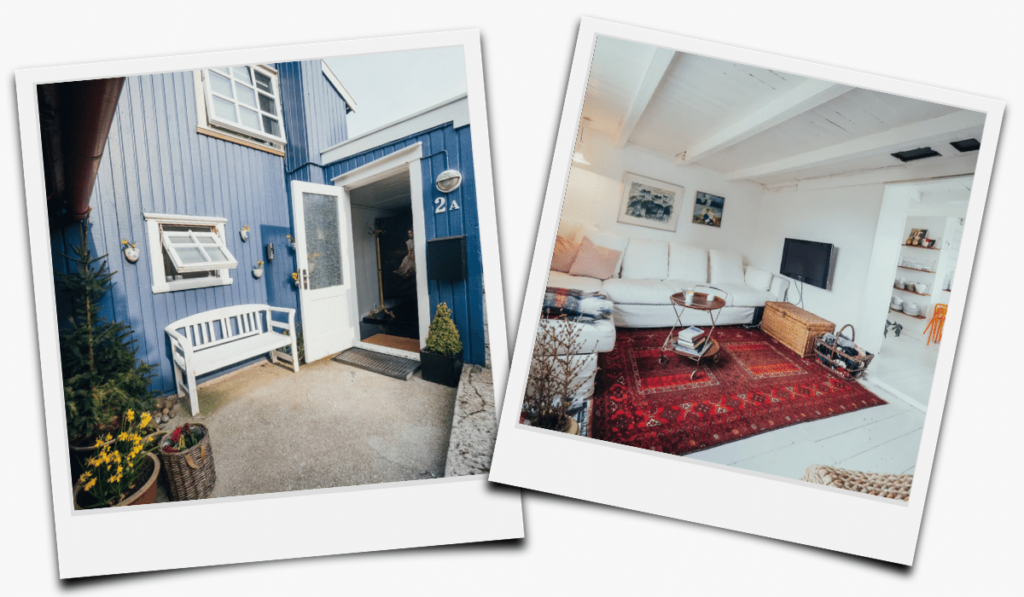
More Lodging Options in the Faroe Islands:
- Mountain and Sea Views in Torshavn — The Atlantic Swan
- Quaint Cottage in Saksun
- One-Story Home in Suduroy — Close to Wonderful Hikes!
- Ocean-front Property With World-Class Views in Bøur
- 3 Bedroom Home in Gjógv With Traditional Grass Roof
- Architect’s Dream with Sea Views — Thor´s Guest House
- Cozy Cottage with Beautiful Sea Views in Søldarfjørður — Fjordcottage
Resources to help your Travels
Disclosure: This post may contain affiliate links. At no additional cost to you, I may earn a small commission if you book or purchase through these links.
As always, everything on this site is completely free. If you found this post (or anything on YouFoundSarah.com) useful, I’d be grateful if you considered using the affiliate links below. I make a small commission at no extra cost to you. These are the services Drew and I love to use ourselves when we plan our travels. Thanks for your support!
— Sarah
Booking.com – For booking hotel rooms.
Tours by Locals and GetYourGuide.com – For finding high-quality tours around the world.
VRBO – For renting homes across the world.
Save this to Pinterest
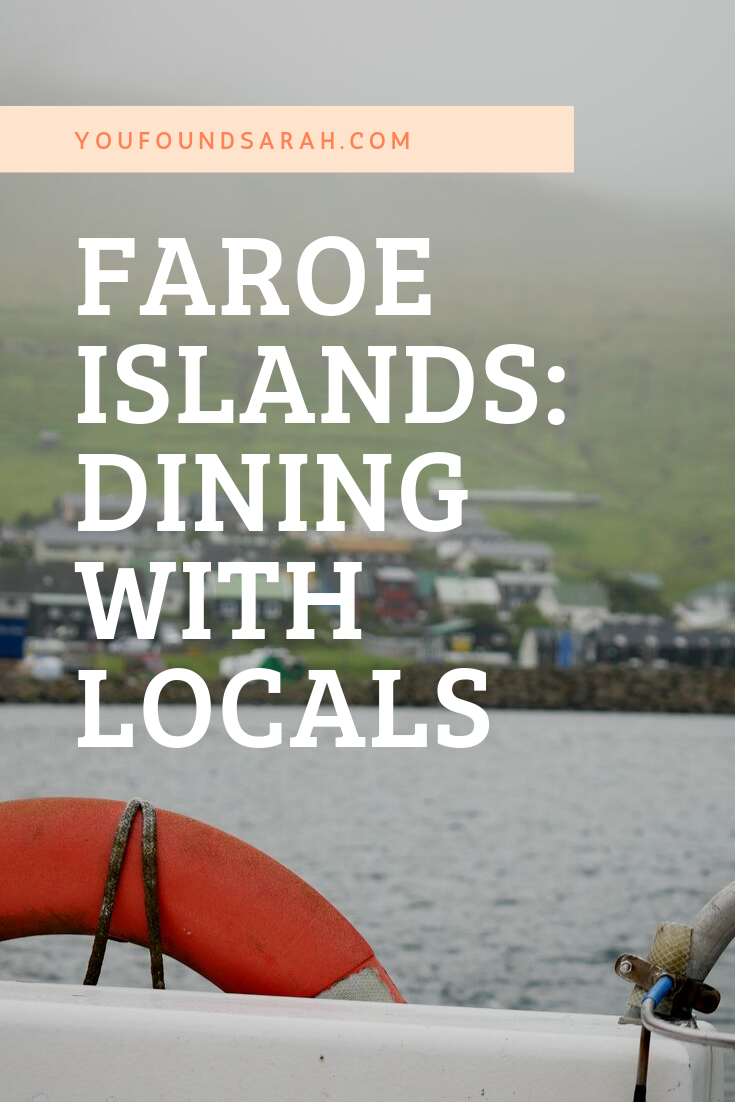
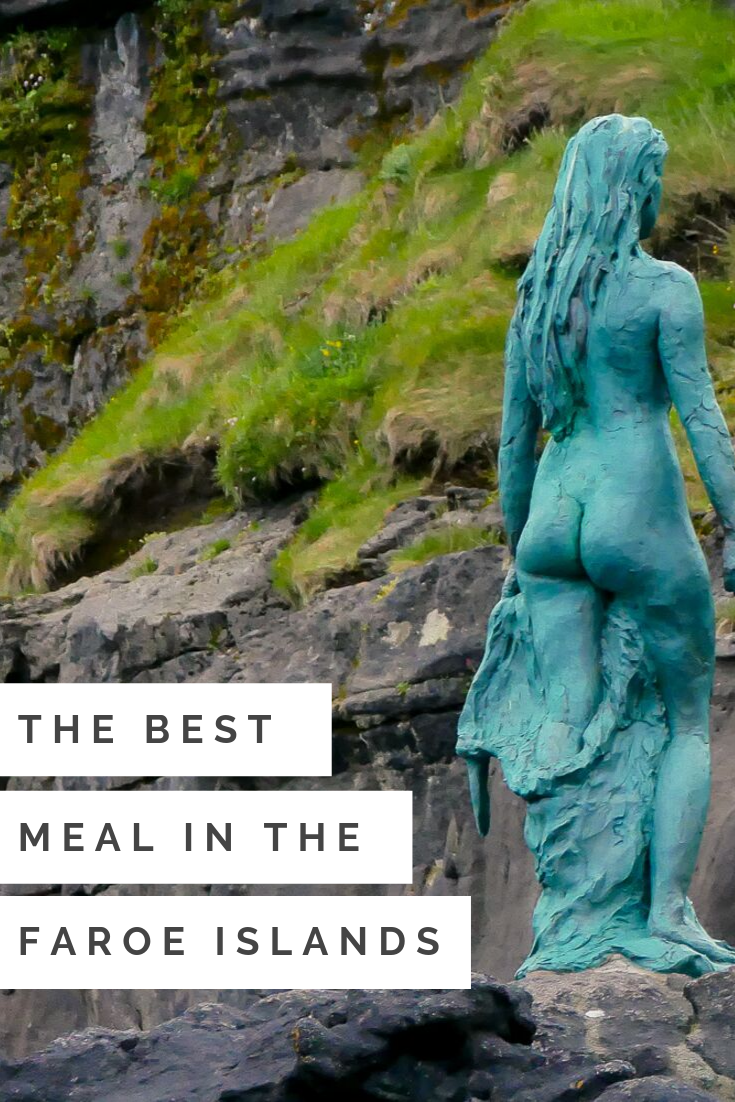
About Sarah
Sarah hails from the land of fried chicken, sweet tea, buttered biscuits, and the friendliest people you’ll ever meet…Alabama! She loves exploring undertouristed locations — places that you wouldn’t automatically think “I’ve always wanted to go there!” Of course, we’ll always have Paris, but what gets Sarah really jazzed is finding those diamond in the rough cities and sharing them with you. Read More…
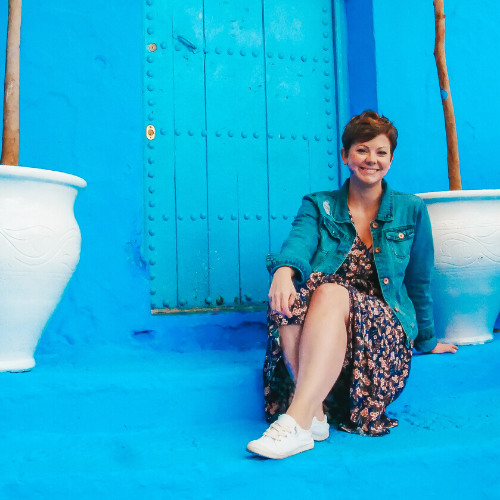
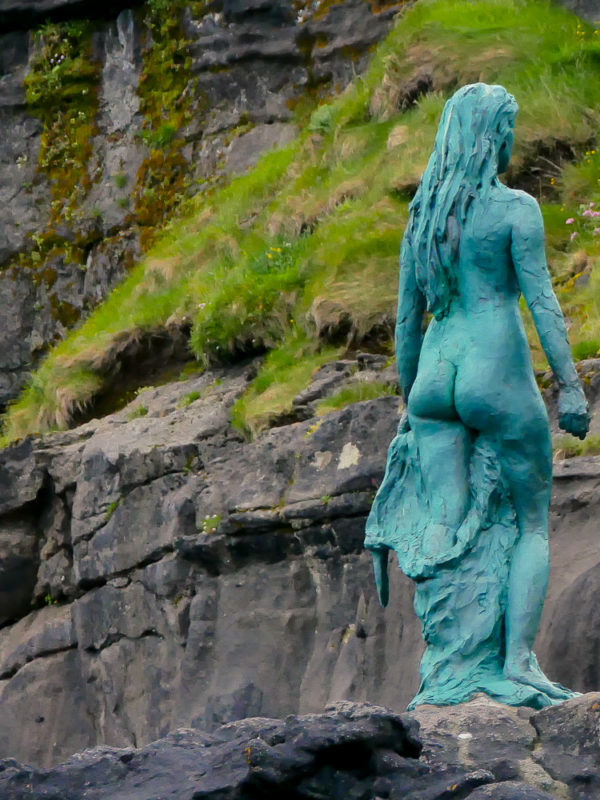
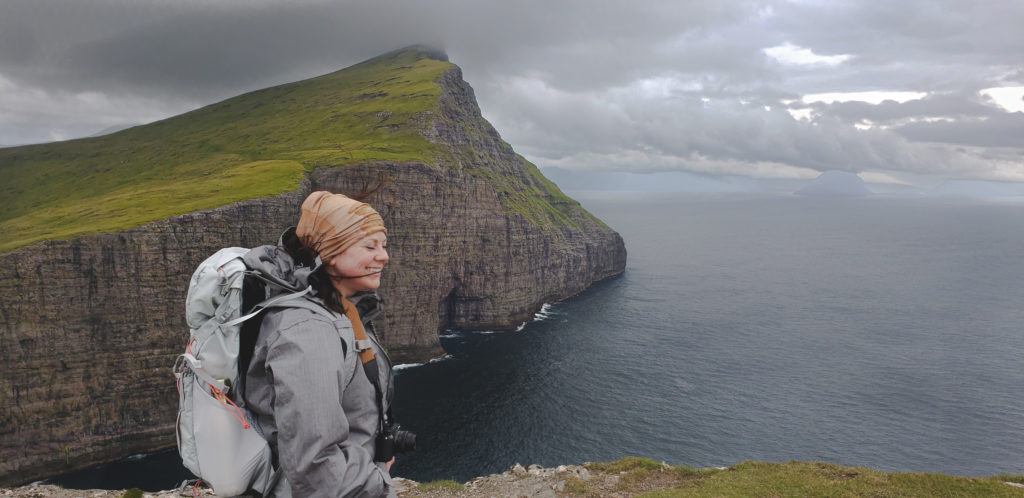
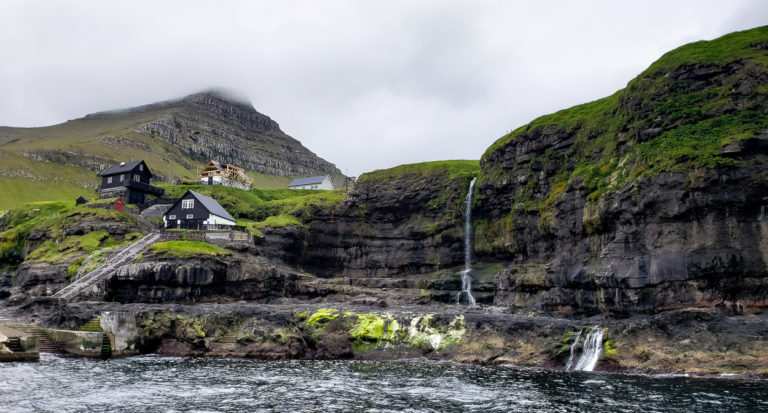
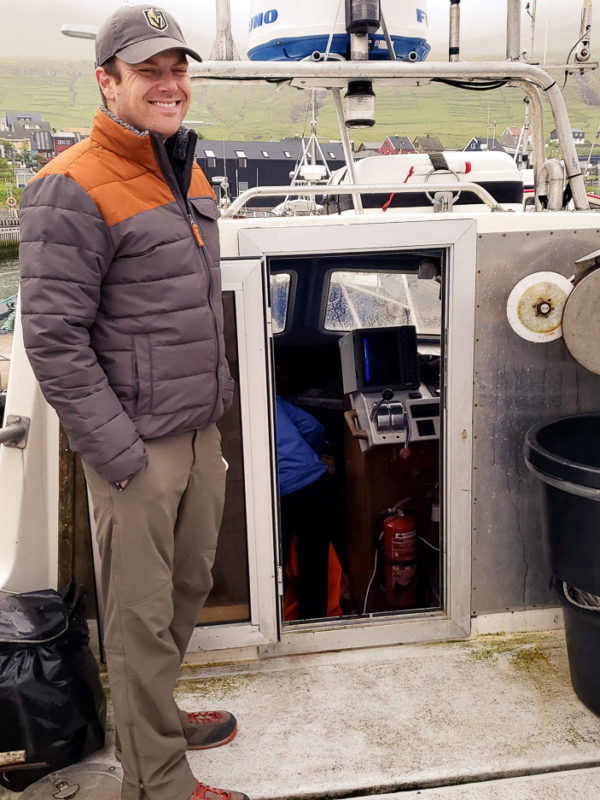
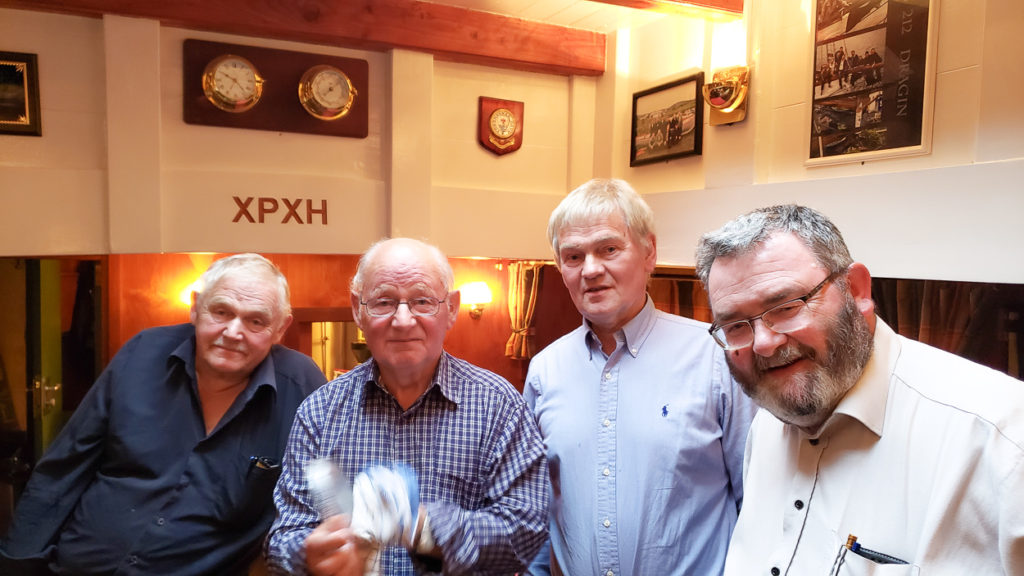
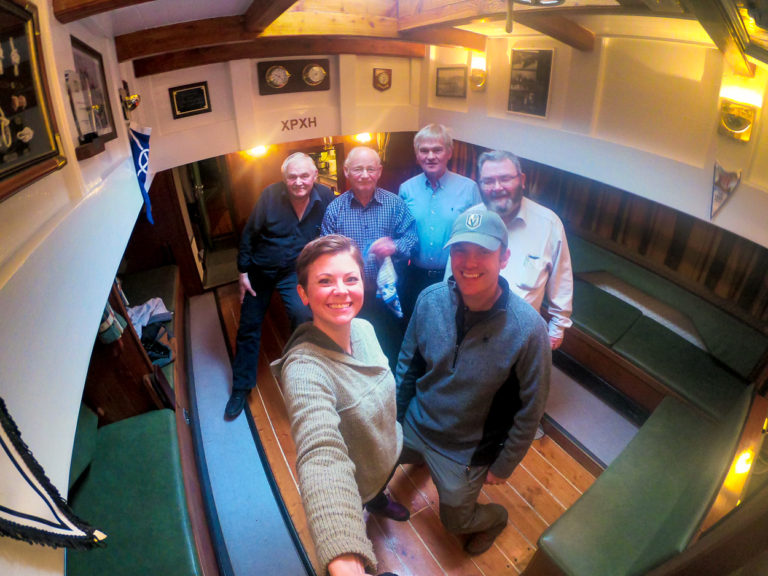
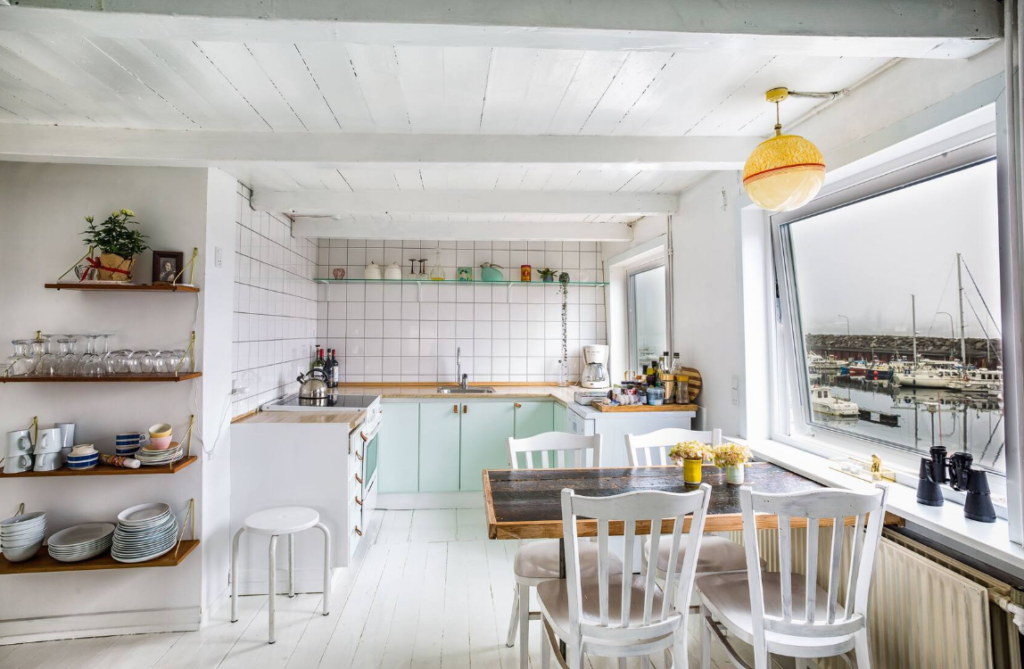
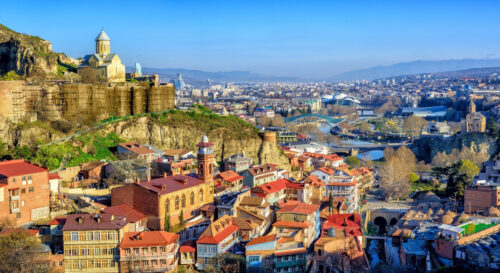

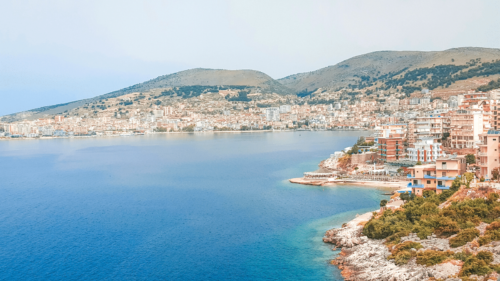
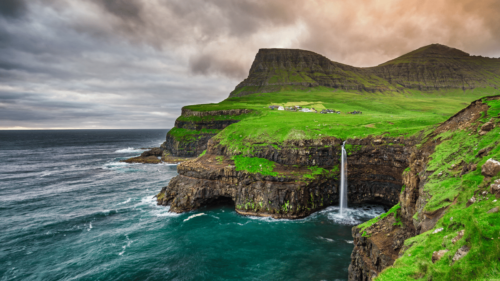
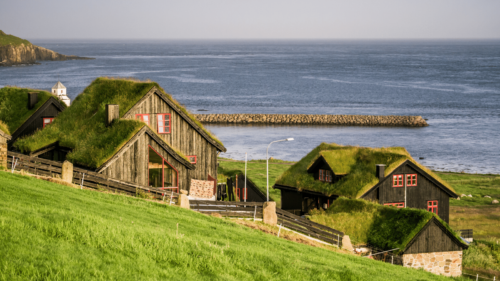
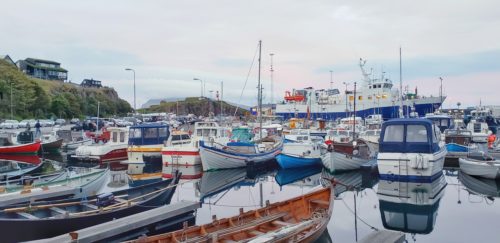

No Comments